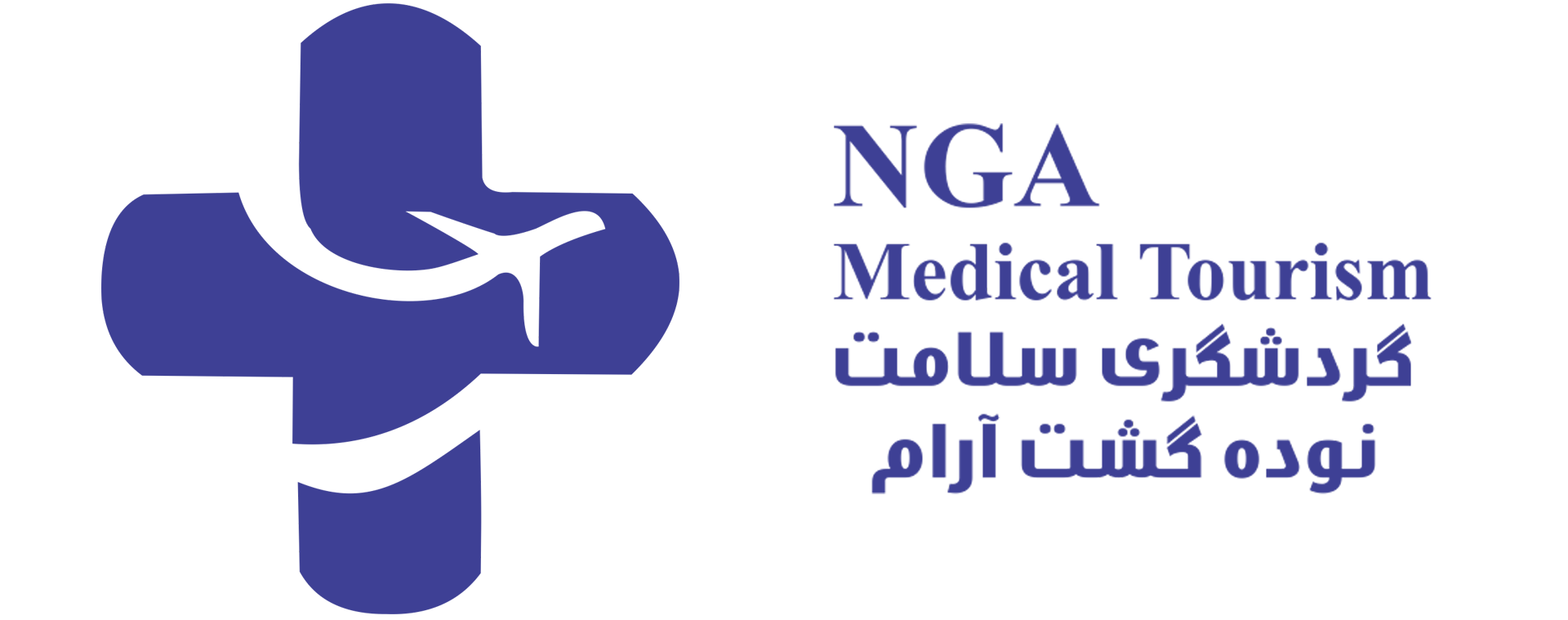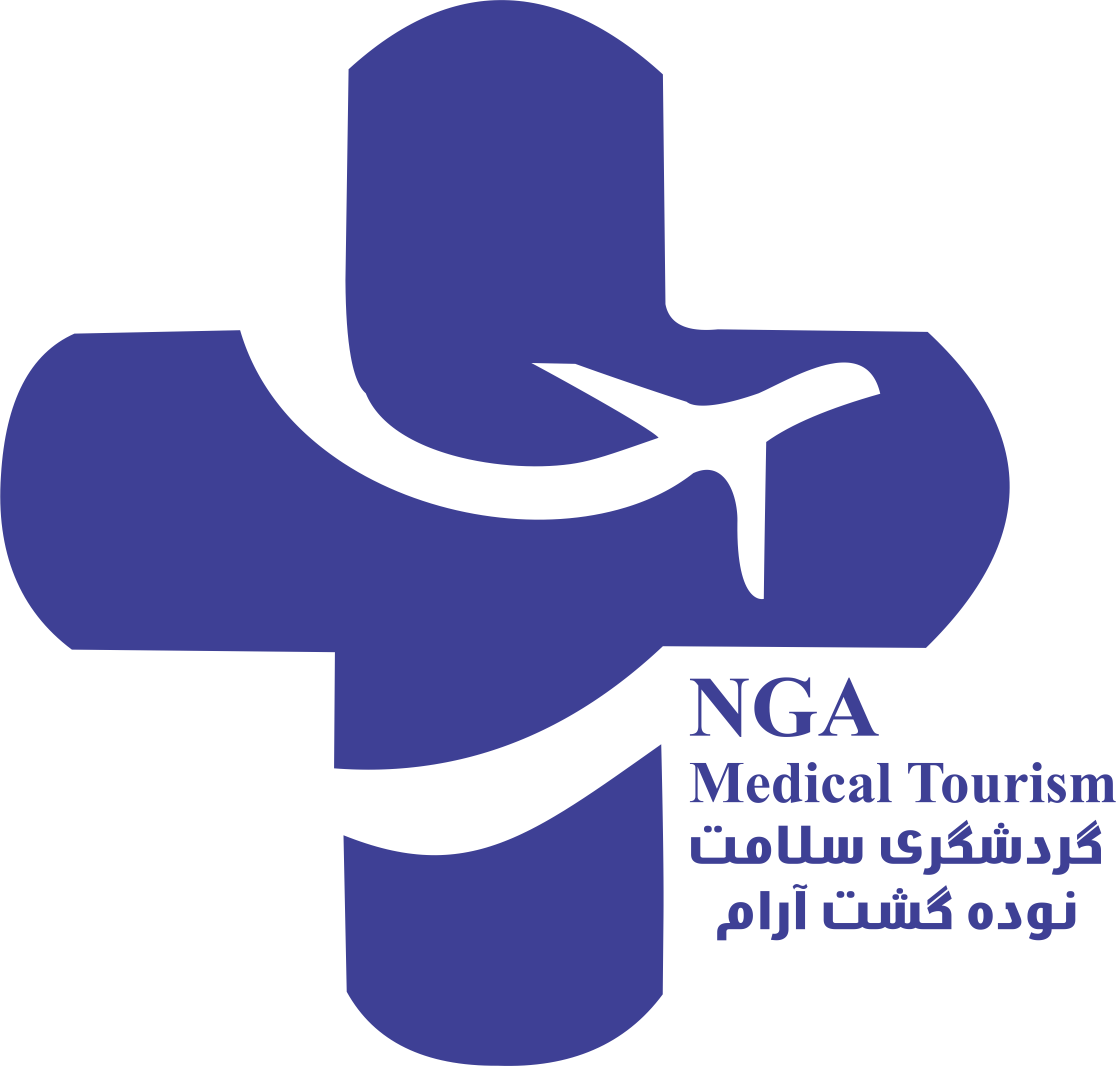All Departments
- Aortic valve stenosis (Aortic stenosis)
- arteriovenous malformations
- Avascular Necrosis
- Best cosmetic dentistry in Iran| Dental Treatment in Iran
- Breast Augmentation in Iran|Breast implant in iran
- Breast Reduction surgery
- Cancer in Iran: oncology in Iran
- Cardiology
- Cataract surgery in Iran
- Cochlear Implant Surgery in Iran
- Cosmetic Laser
- Cosmetic Surgery
- Ear cosmetic surgery
- Eye Care
- Eyelid surgery (Blepharoplasty)
- General Heart Surgery in Iran
- General surgery in Iran
- Glaucoma Treatment In Iran
- Hair Transplant
- Heart valve surgery
- lasik Eye Surgery
- Liposuction
- Non-Surgical Cosmetic procedures in iran
- Organ Transplantation in Iran
- Orthopedic
- Paget disease of bone
- Pediatrics
- Plastic surgery
- Psychiatry
- Radiology
- Rhinoplasty surgery in iran
- Shoulder Replacement Surgery
- SkinCare Treatment
- Spinal cord injury
- urolithiasis procedure in iran
- Urology
- Varicocelectomy
Opening Hours
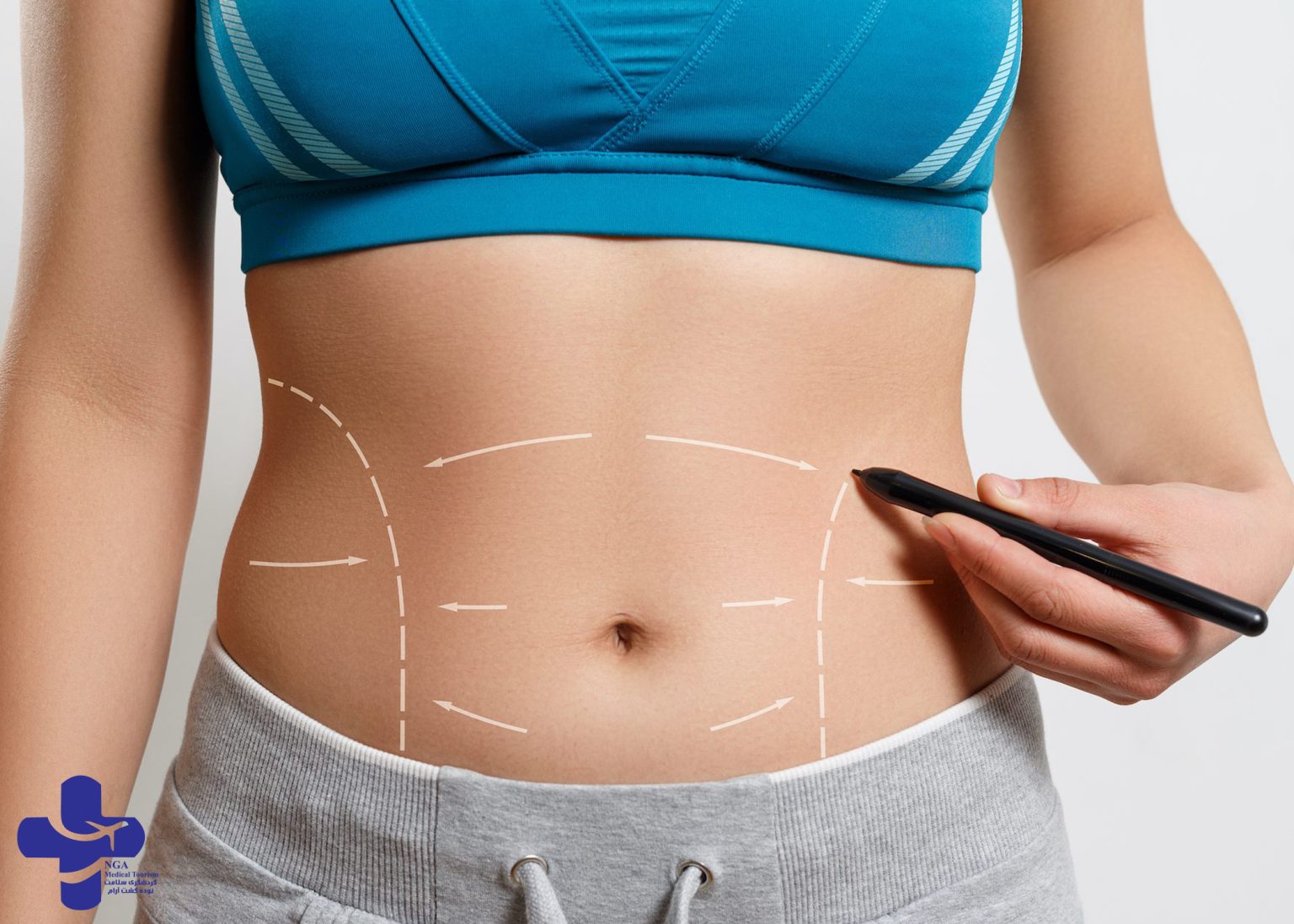
Liposuction

Breast augmentation
Breast augmentation is a surgical procedure to improve the size and shape of a woman’s breast. This is done by inserting full plants…

Revision weight loss surgery
Revision weight loss surgery, also known as bariatric revision surgery, is a type of surgical procedure that is performed on patients who have previously undergone weight loss surgery

Rhinoplasty revision
Revised rhinoplasty, also known as secondary rhinoplasty, is a surgical procedure performed…

Rhinoplasty in Iran
Nasal plastic surgery, also known as “nose job”, is a surgical procedure that involves changing the shape or size of the nose.

Dental implants
A dental implant is a surgical component placed in the jaw bone to support a dental replacement, such as a crown, bridge, or denture.
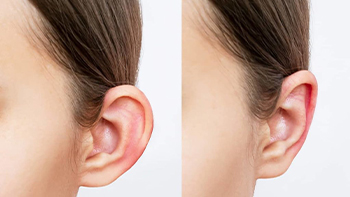
Ear surgery
Ear surgery, also known as ear surgery, is a cosmetic surgery procedure determined to improve the appearance of the ears.

Brazilian butt lift (BBL)
Brazilian butt lift (BBL) is a cosmetic surgery procedure that involves the transfer of fat from one area of the body, such as the abdomen.

Breast removal
Breast lift, also known as breast fixation, is a surgical procedure to remove and reshape the sagging breast.
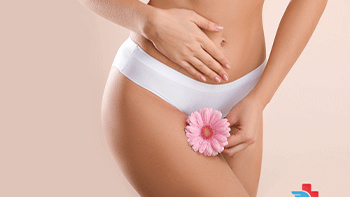
Beautification of the lips
Labiaplasty is a surgical procedure that involves reducing the size and/or changing the shape of the labia minora.
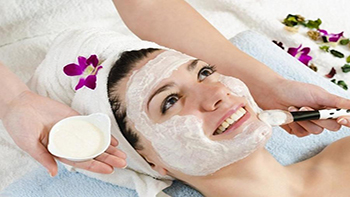
Skin care
Skin care includes cleansing and exfoliation and the use of creams and medical products…
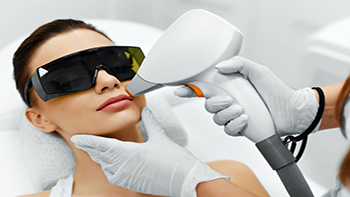
Laser beauty
Employing laser to treat wrinkles, fine lines, scars, acne, pimples, moles, freckles, and unnatural growth of hair…
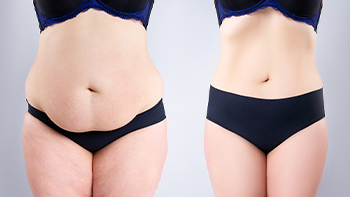
Tummy tuck
Tummy tuck, also known as tummy tuck, is a cosmetic surgery procedure determined to improve the appearance of the abdomen by removing…

Hair transplantation in Iran
Hair transplantation is a surgical procedure that involves the transplantation of hair follicles, which are a part of the body, and usually it is the back part of the head.

plastic surgery
Reconstructive surgery is performed to correct physical deformities caused by accidents, birth defects, or medical conditions.

Composite veneer
Composite veneer is a type of dental veneer made from composite resin material. The theme of use…
What is Liposuction?
Liposuction is a surgical procedure that involves removing excess fat from the body through a suction technique. It’s typically used to target areas of the body that are resistant to diet and exercise, such as the abdomen, hips, thighs, buttocks, arms, and neck. During the procedure, a small incision is made in the skin, and a thin tube called a cannula is inserted into the fatty tissue. The cannula is then used to break up and suction out the excess fat. Liposuction can be performed under local or general anesthesia, depending on the extent of the procedure and the patient’s comfort level. It’s important to note that liposuction is not a weight-loss solution, but rather a body-contouring procedure that can help improve the appearance of specific areas of the body.
How Is Liposuction Performed in Iran?
Liposuction in Iran is performed using similar techniques to those used in other countries. The procedure typically begins with the administration of anesthesia, which can be local or general depending on the extent of the procedure and the patient’s preference. Once the patient is anesthetized, the surgeon will make small incisions in the skin near the area to be treated.
Next, a thin tube called a cannula is inserted through the incision and into the fatty tissue. The cannula is attached to a vacuum device that suctions out the excess fat. The surgeon will carefully move the cannula back and forth to break up the fat cells and create a smooth contour in the treated area.
After the desired amount of fat has been removed, the incisions are closed and the patient is moved to a recovery area. Patients may need to wear a compression garment to help reduce swelling and improve the results of the procedure.
In Iran, liposuction is typically performed in modern and well-equipped facilities by skilled and experienced plastic surgeons.
Type of Liposuction Surgery in Iran
There are several types of liposuction surgery available in Iran, including:
1.Tumescent liposuction:
This is the most common form of liposuction and involves injecting a solution of saline, lidocaine, and epinephrine into the area to be treated. The solution causes the fat cells to swell and become easier to remove.
2.Ultrasonic liposuction:
This technique uses ultrasound waves to liquefy the fat cells before they are removed with a cannula. This can make the fat removal process easier and may result in less trauma to the surrounding tissue.
3.Laser-assisted liposuction:
This technique uses a laser to heat and liquefy the fat cells, which are then removed through a cannula. This technique may result in less bleeding and swelling compared to traditional liposuction.
4.Power-assisted liposuction:
This technique uses a vibrating cannula to break up the fat cells and make them easier to remove. This can result in a more precise and efficient fat removal process.
Liposuction techniques
Tumescent Liposuction: This technique involves injecting a solution of saline, lidocaine, and epinephrine into the treatment area before the fat is removed. The solution causes the fat cells to become swollen and firm, making them easier to remove. This method can reduce bleeding and bruising and may result in a faster recovery time.
Super-Wet Technique:
The Super-Wet technique is a type of tumescent liposuction that involves injecting a large amount of fluid into the treatment area before the fat is removed. The amount of fluid injected is typically equal to the amount of fat to be removed.
The solution used in the Super-Wet technique contains a local anesthetic (such as lidocaine) and a vasoconstrictor (such as epinephrine) to reduce bleeding and swelling. The solution also helps to firm and separate the fat cells, making them easier to remove.
Once the solution has been injected, the surgeon will use a cannula to suction out the excess fat. The surgeon will carefully move the cannula back and forth to break up the fat cells and create a smooth contour in the treated area.
The Super-Wet technique can be used to treat larger areas of the body and can result in less blood loss and faster recovery times compared to traditional liposuction.
Ultrasound-Assisted Liposuction (UAL):
Ultrasound-Assisted Liposuction (UAL) is a type of liposuction that uses ultrasound energy to liquefy the fat cells before they are removed. This technique involves using a special cannula that emits ultrasonic waves to break up the fat cells, making them easier to remove.
The cannula used in UAL is different from the one used in traditional liposuction. The UAL cannula has a small, vibrating tip that emits ultrasonic waves. The ultrasonic energy emitted by the cannula liquefies the fat cells, which are then suctioned out through the cannula.
The advantage of UAL is that it can be used to treat dense, fibrous areas of fat that may be difficult to remove with traditional liposuction. UAL can also result in less trauma to the surrounding tissue, reducing the risk of bleeding and bruising. Additionally, UAL may help to tighten the skin in the treated area, resulting in a smoother and more contoured appearance.
However, UAL does have some potential risks and complications, including burns, skin irregularities, and fluid accumulation.
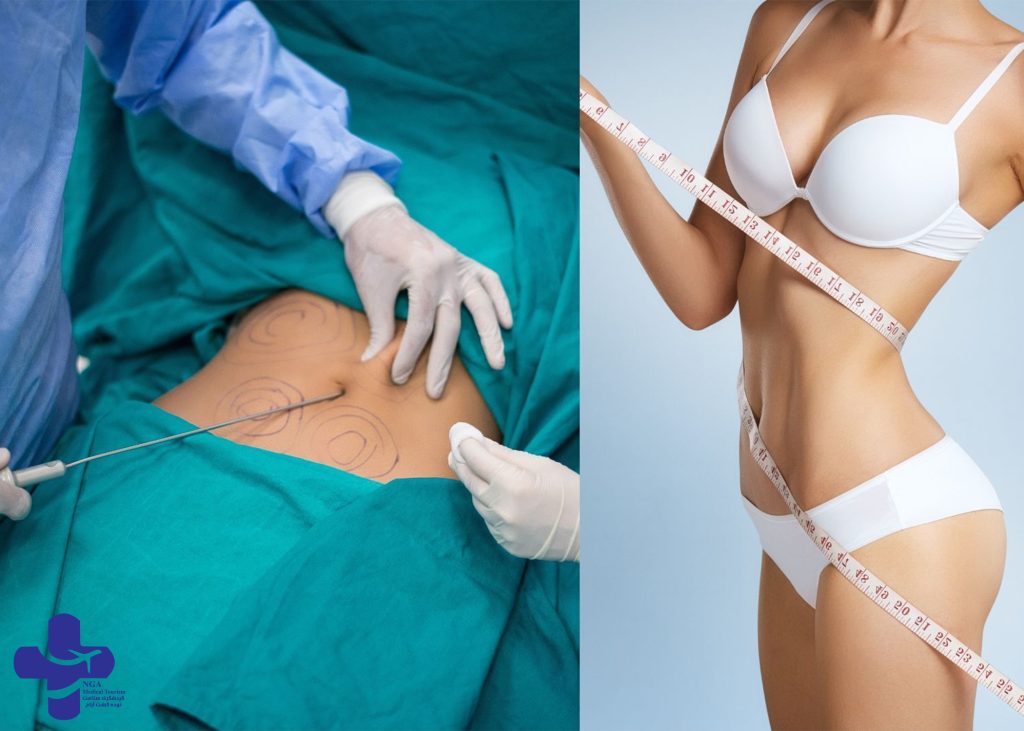
Laser-Assisted Liposuction (LAL):
Laser-Assisted Liposuction (LAL) is a type of liposuction that uses a laser to liquefy the fat cells before they are removed. This technique involves using a laser fiber that is inserted through a small incision in the skin and into the fat layer. The laser energy is then used to heat and liquefy the fat cells, which are then suctioned out through a cannula.
The advantages of LAL are that it can result in less bleeding, bruising, and swelling compared to traditional liposuction. The laser energy also stimulates collagen production, which can help to tighten the skin in the treated area and result in a smoother and more contoured appearance.
However, LAL does have some potential risks and complications, including burns, skin irregularities, and fluid accumulation.
LAL can be used to treat many areas of the body, including the abdomen, hips, thighs, arms, and neck. The treatment is typically performed under local anesthesia, and most patients are able to return to normal activities within a few days to a week after the procedure.

Cost of Liposuction
The average cost of liposuction is $3,637, according to the most recent statistics from the American Society of Plastic Surgeons. This average suregeon’s fee is only part of the total price – it does not include anesthesia, operating room facilities or other related expenses.
What are the side effects of liposuction?
Liposuction is a surgical procedure that is generally safe, but like any surgical procedure, it carries some risks and potential side effects. Some of the common side effects of liposuction include:
1. Swelling: Swelling is a normal and expected side effect of liposuction. It can be reduced by wearing compression garments as directed by the surgeon.
2. Bruising: Bruising is another common side effect of liposuction. It can last for several weeks and can be reduced by applying ice packs and wearing compression garments.
3. Pain: Some pain and discomfort are expected after liposuction. Pain medication is usually prescribed to manage the discomfort.
4. Numbness: Numbness or tingling in the treated area is common after liposuction. It usually goes away on its own in a few weeks.
5. Irregularities: Liposuction can sometimes result in uneven contours or skin irregularities. This is more common when large volumes of fat are removed.
6. Scarring: Scarring after liposuction is usually minimal and fades over time. However, some patients may develop more noticeable scars.
7. Infection: Although rare, infection is a potential complication of any surgical procedure, including liposuction.
8. Allergic reactions: Some patients may have an allergic reaction to the anesthesia or other medications used during the procedure.
9. Fluid accumulation: Fluid can accumulate in the treated area after liposuction, which may require drainage.
It is important to follow the post-operative instructions carefully to minimize the risk of complications and to discuss any concerns or questions with the plastic surgeon. In general, the side effects of liposuction are temporary and resolve on their own within a few weeks.
How Long Is Recovery?
The recovery time for liposuction can vary depending on a number of factors, including the extent of the procedure, the amount of fat removed, and the patient’s overall health and healing ability. In general, most patients are able to return to work and resume normal activities within a week or two following the procedure, but it may take several weeks or months for the body to fully heal.
Immediately after the procedure, patients may experience swelling, bruising, and discomfort in the treated areas. Compression garments may be worn to help reduce swelling and provide support to the treated areas. Pain medication may be prescribed to manage any discomfort.
Patients should avoid strenuous activity and exercise for at least a few weeks after the procedure to allow the body to heal. The amount of time needed for recovery will depend on the extent of the liposuction procedure and the patient’s overall health and healing ability.
Is liposuction permanent?
The results of liposuction are generally long-lasting, but they are not necessarily permanent. Liposuction removes fat cells from the targeted areas of the body, and these fat cells do not regenerate. However, if the patient does not maintain a healthy lifestyle after the procedure, the remaining fat cells in the body can still grow larger, which can affect the appearance of the previously treated areas.
To maintain the results of liposuction, patients should follow a healthy diet and exercise regularly. This can help prevent the remaining fat cells from growing larger and maintain a healthy body weight. In addition, patients should avoid smoking and excessive alcohol consumption, as these can have a negative impact on the body’s ability to heal after the procedure.
It is important to note that liposuction is not a substitute for weight loss or a healthy lifestyle. Liposuction is a body contouring procedure that is intended to remove stubborn pockets of fat that do not respond to diet and exercise. It is not a weight loss solution and should not be used as a substitute for diet and exercise.
The results of liposuction can be long-lasting, but they are not necessarily permanent. Patients should maintain a healthy lifestyle after the procedure to help ensure the best possible long-term results.
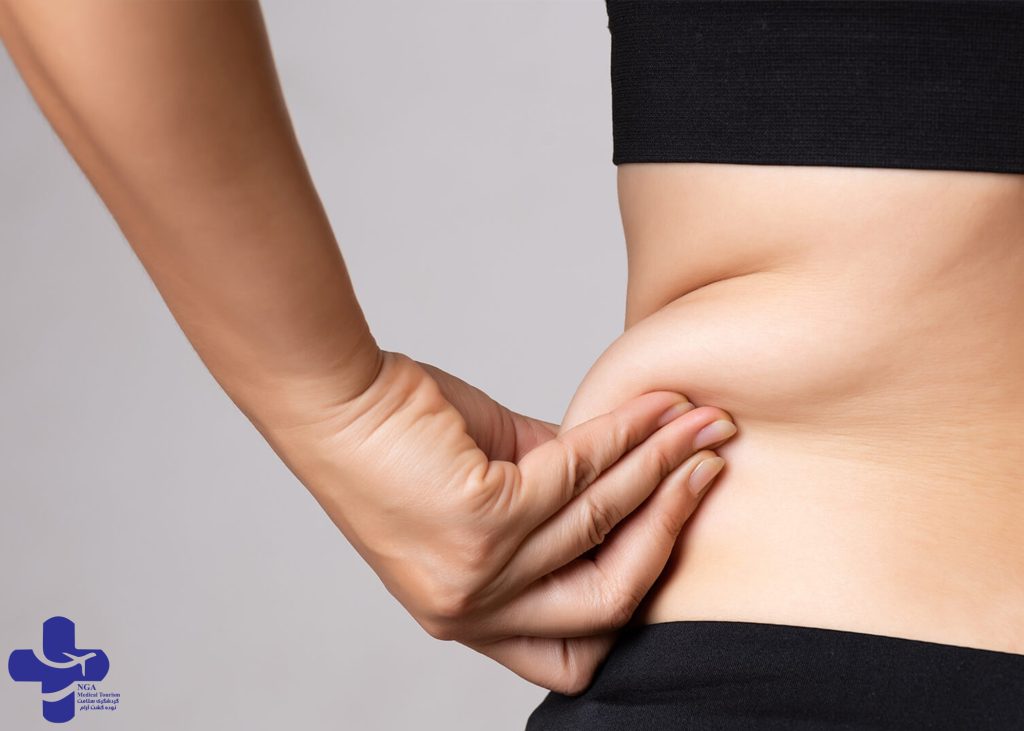
Will I have scars after liposuction?
Liposuction incisions are typically very small, usually only a few millimeters in length, and are strategically placed in inconspicuous locations to minimize scarring. The size and location of the incisions will depend on the specific technique used and the areas being treated.
In general, the scars from liposuction are small and fade over time, becoming less noticeable with proper care. Patients can help minimize scarring by following their surgeon’s post-operative instructions carefully, including keeping the incisions clean and dry, avoiding direct sunlight, and wearing compression garments as recommended.
In some cases, liposuction scars may be more visible or take longer to fade, particularly if the patient has a history of developing keloids or hypertrophic scars. Patients should discuss their risk of scarring with their surgeon before the procedure and should follow all post-operative instructions carefully to minimize the risk of scarring.
It is important to note that while the incisions from liposuction are small, they still carry some risk of complications, such as infection or bleeding. Patients should monitor the incisions closely and report any signs of infection or other complications to their surgeon immediately.
Is liposuction painful?
Liposuction is a surgical procedure that involves making incisions in the skin and removing fat from the body using a cannula. As with any surgical procedure, there may be some discomfort or pain associated with the procedure.
However, most patients report that liposuction is not particularly painful, and any discomfort can be managed with pain medication prescribed by the surgeon. In general, patients may experience some mild swelling, bruising, and soreness in the treated areas for a few days after the procedure.
The amount of pain or discomfort experienced during and after the procedure can vary depending on the extent of the procedure, the amount of fat being removed, and the patient’s pain tolerance. Some patients may experience more discomfort than others.
To help manage any discomfort after liposuction, patients should follow their surgeon’s post-operative instructions carefully, including taking any prescribed pain medication as directed, wearing compression garments as recommended, and avoiding strenuous activity or exercise until cleared by the surgeon.
It is important for patients to discuss any concerns or questions they may have about the potential pain or discomfort associated with liposuction with their surgeon before the procedure. The surgeon can provide detailed information about what to expect during and after the procedure and can offer strategies for managing any potential discomfort.
Frequently asked questions about liposuction
Liposuction is a surgical procedure that removes fat cells from specific areas of the body, typically using a cannula (a thin tube) and suction. The results of liposuction can be long-lasting, but it is important to note that the procedure does not prevent new fat cells from forming in the treated areas or in other areas of the body.
Liposuction is a cosmetic procedure that is primarily designed to remove localized areas of stubborn fat that are resistant to diet and exercise. It is not intended as a weight loss method, and the amount of fat that can be safely removed during the procedure is generally limited.
The recovery time for liposuction can vary depending on the extent of the procedure and the individual’s overall health and healing process. In general, most people can expect to need several days to a few weeks to recover fully from the procedure.
In general, most plastic surgeons will limit the amount of fat that is removed during a single liposuction procedure to no more than 5 liters (or approximately 11 pounds) of fat. Removing more than this amount of fat in a single procedure can increase the risk of complications such as fluid shifts, electrolyte imbalances, and blood clots.
Liposuction can benefit individuals who are close to their ideal body weight and have specific areas of stubborn fat that are resistant to diet and exercise. These areas may include the abdomen, hips, thighs, buttocks, upper arms, back, and neck.
